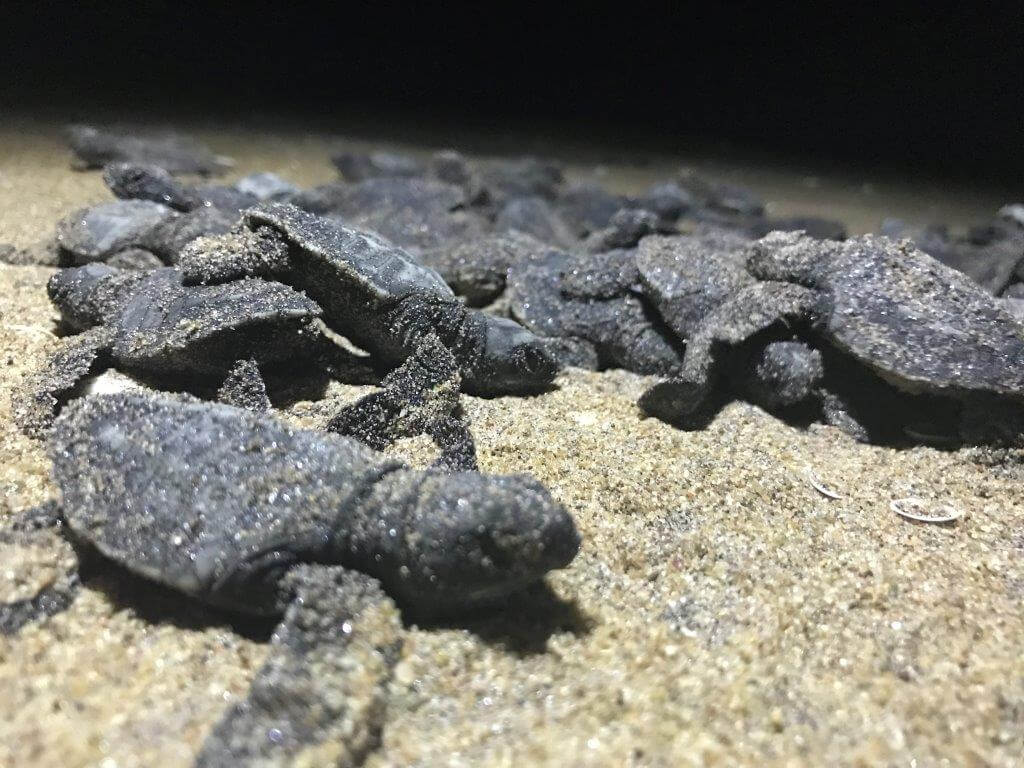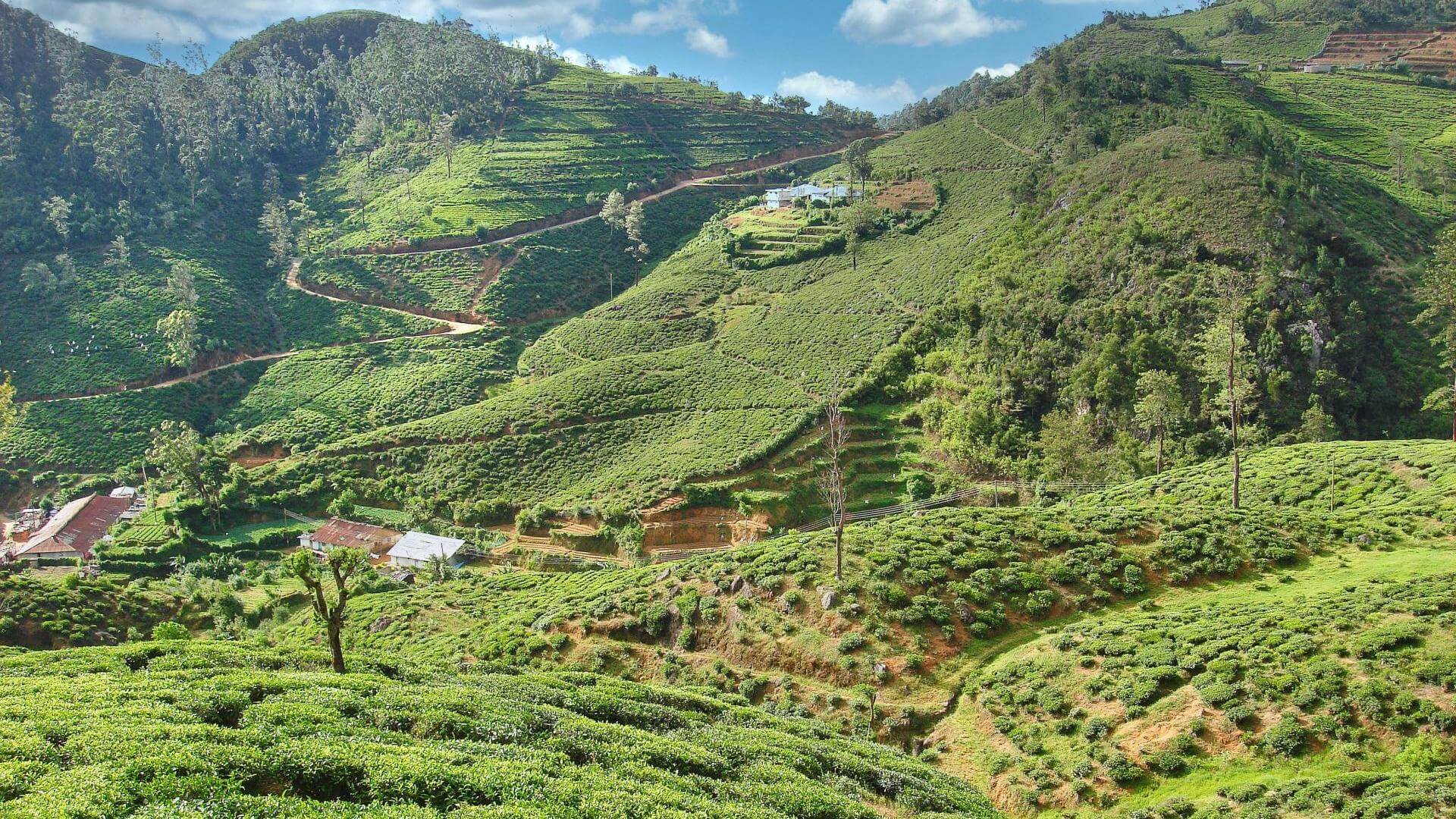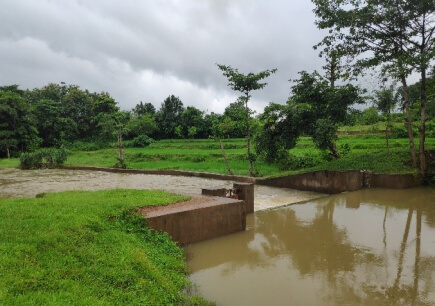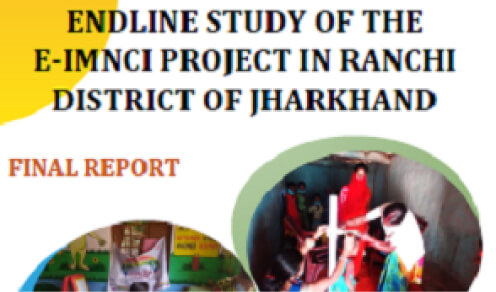The Government of Odisha, with financial assistance from the Ministry of Environment and Forests (MoEF), Government of India (GoI) and the World Bank, initiated the ICZMP project. The project aimed to ensure sustainable development and management of coastal resources, perpetual maintenance of high level of biodiversity and conservation of environmentally sensitive areas . This included critical habitats such as Bhitarkanika National Park and Chilika lagoon, both being RAMSAR sites, as well as sustainable management of livelihoods such as coastal fishery and coastal tourism. The project also envisaged protection of coastal zone from extreme weather events like storm and cyclone, and promoted nature based sustainable tourism, infrastructure development and sustainable use of natural resources with active community participation including capacity building of all Project Executing Agencies (PEAs) on ICZMP frameworks. The project area defined considered an area of 10,000 sq.km on both landward and seaward side. Out of this area, two pilot stretches of Gopalpur to Chilika and Paradip to Dhamra were taken up as the ICZMP stretches.
Key Features
-
GIS-Based Database Creation
to analyse potential for damage to people and property due to coastal hazards
-
Conceptual Modelling
to undertand coastal behaviour to comprehend the past, present and potential future hazards
-
Sectoral Plan
development with focus on coastal sectors of highest priority considering all the sectoral aspects
-
Land Vulnerability Mapping
for analysing potential for damage to people and property due to coastal hazards
-
Shoreline Management Sub Plan
creation to provide broad management strategies for delineated sediment cells
-
Integrated Coastal Zone Management Plan
creation to access all the coastal features and provide implementation strategies in consultation with all the stakeholders










